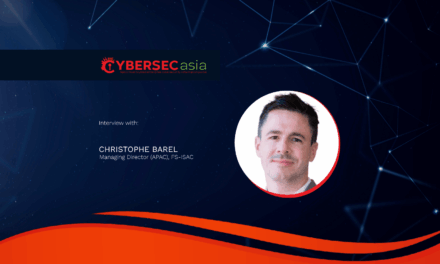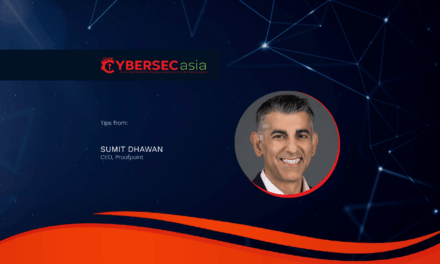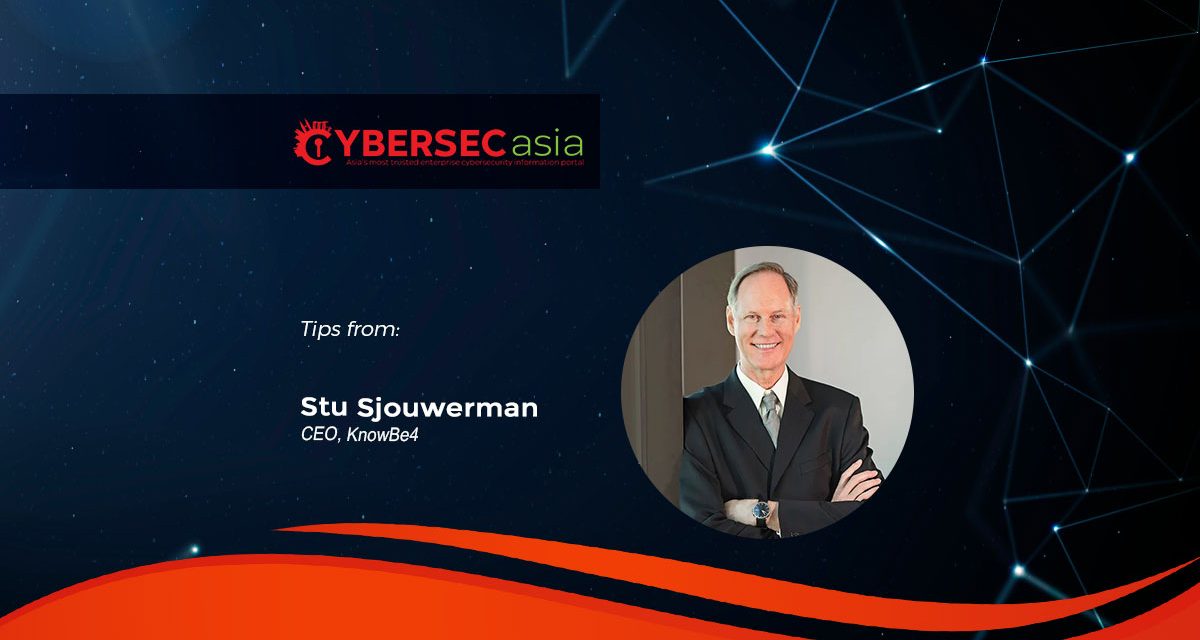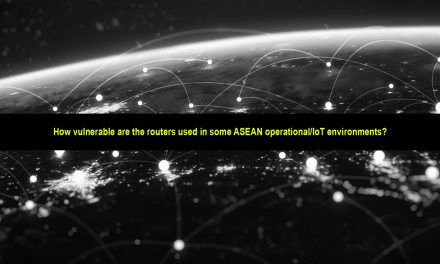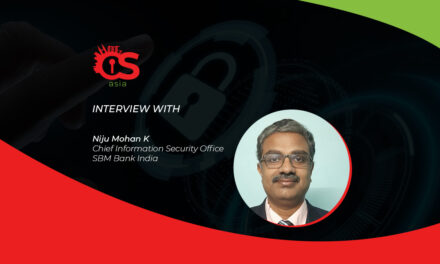The cybersecurity landscape is rapidly evolving, and the dynamics between defenders and attackers has never been more complex.
In 2024, the world witnessed cyberthreats evolving faster than before, primarily due to the rise in the number of and popularity of AI tools.
These tools assist cybercriminals in refining and making attack tactics more sophisticated and more difficult to recognize, while helping cybersecurity professionals defend against attacks more effectively.
1. AI-enabled tools for cyber-defense and attacks will continue to improve
As AI technology advances, both defenders and attackers are taking advantage of its capabilities. On the cybersecurity side, sophisticated AI-powered tools that detect and respond to threats more efficiently are being developed.
Capabilities like AI being able to analyze big amounts of data, identify anomalies, and enhance the accuracy of threat detection will be of massive assistance to cybersecurity teams going forward. However, cybercriminals are also adopting AI to create more advanced attack methods. For instance, AI-powered social engineering campaigns that manipulate emotions and target specific vulnerabilities more effectively will make it difficult for individuals to distinguish between real and fake content.
As AI capabilities evolve on both sides, the standoff between defenders and attackers intensifies, making constant innovation and adaptation crucial.
2. Ransomware attacks will remain a problem
Ransomware attacks will continue to be a massive threat due to the collaboration between ransomware gangs and initial access brokers.
In a measure to combat this, AI will become a popular tool to monitor networks and individual devices for anomalies like unusual encryption processes. This will greatly reduce the impact of attempted ransomware attacks.
3. The human factor in cybersecurity will become more of a focus
Organizations will continue to recognize the importance of frequent security awareness training and simulated phishing tests to manage the inherent human risk that exists within it. At the same time, cybercriminals will keep refining their social engineering techniques, making attacks more personalized and effective.
Going forward, the challenge will lie in maintaining employee vigilance without causing phishing fatigue. To prevent this, it is important for organizations to focus on making training more adaptive and relevant to employees to create better protections and engagement for a positive security culture.
4. The improvement of deepfake detection technologies
2025 will see deepfake AI detection technologies improve, become more accessible, and more effectively address the growing concern of identifying deepfakes.
On the other hand, cybercriminals are also expected to leverage disinformation and deepfakes in their attacks, using them to accelerate extortion, hide other attacks, or damage organizational reputations.
5. The adoption of a zero-trust mindset and cyber-mindfulness
There will be a wider adoption of a zero-trust mindset and cyber-mindfulness, representing a proactive approach to cybersecurity. Organizations embracing these principles encourage a vigilant attitude among their employees, treating every user and device as a potential threat. Training employees to maintain a healthy level of skepticism encourages them to apply critical thinking skills, and this mindset shift will be another crucial step in mitigating internal risks.
As we enter 2025, we must embrace the potential of AI to enhance our defenses and protect organizations globally. It is more important than ever to focus on the human element in organizations to lower the risk of becoming a victim of cybercrime. One of the best forms of defense remains cultivating a robust security culture.

